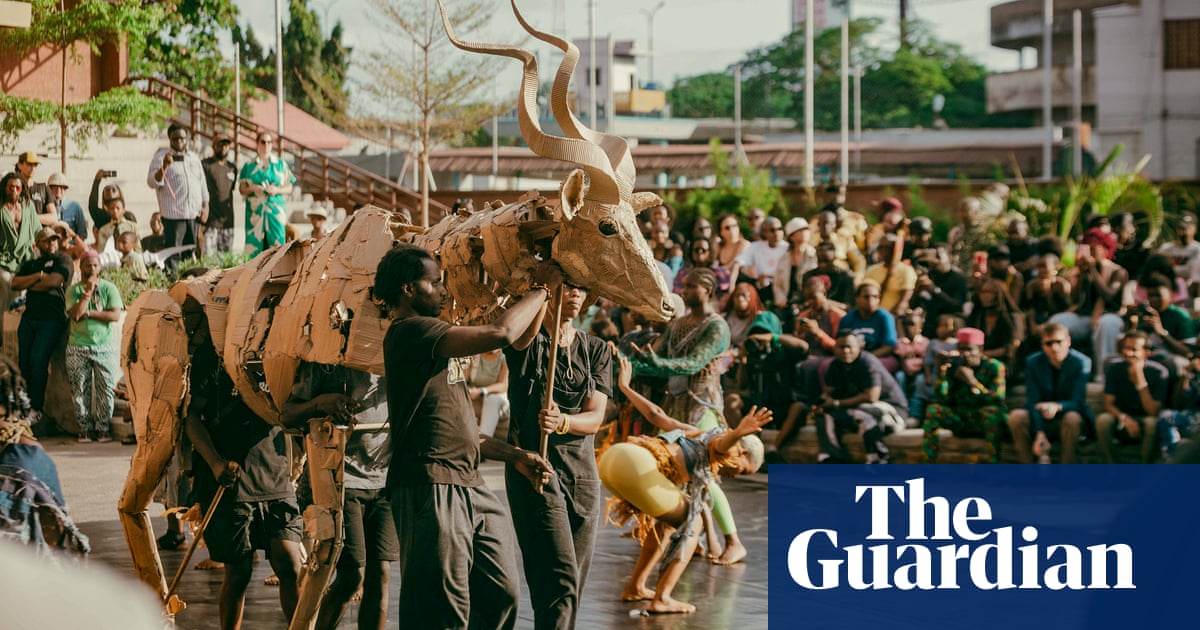Thailand will begin giving birth control to a small number of wild female elephants this year, as the country struggles with the growing problem of human-elephant conflict.
Asian elephants have been classified as endangered since 1986. But Thai authorities say that conservation efforts mean the country’s population is growing at a rate of 8% each year, overwhelming its depleted forests. This has caused the animals to increasingly stray into nearby populated areas, causing damage to farmland, homes and even deaths.
The proposal to use birth control is controversial, with some campaigners arguing that not enough testing has been carried out to detect the long term impact on the animals. Contraceptives have been used on wild African elephants in South Africa.
A trial was carried out using the birth control SpayVac on seven domesticated Thai elephants last year, and officials say it had no negative effects. It will be administered to wild elephants by dart injection, usually fired into a large muscle such as the hip or front leg.
Dr Supakit Vinitpornsawan, director of the centre to help people affected by wildlife at the department of national parks (DNP), said birth control would be given to about 20 wild female elephants who have already had calves, and it would last seven years.
Veterinarians would closely monitor the selected elephants, Supakit said. “We have to check them physically, and also check the hormone level by collecting the elephants’ blood. We want to check if the hormone is stable during the seven years, and in the long term, how it affects the elephant.”
The aim was not to stop the elephants from reproducing completely, but to pause reproduction in some animals, and it will be used alongside other measures to control human-animal conflict], he added.
Giving birth control to elephants was a sensitive issue, said Supakit, not only because of their endangered status, but also because of cultural importance in Thailand. “The elephant is our national animal, and a symbol of Thailand as well. It’s deep in our history.”

Thailand has up to 4,422 wild elephants, about half of which live in five forest areas that have become increasingly crowded as their population has grown. The biggest problem area is the Eastern Forest complex, which spans five provinces in eastern Thailand, and is surrounded by agricultural land and industry.
Across Thailand, and Asia, humans have increasingly expanded into forest areas, fragmenting the elephants’ traditional habitats, and often disrupting their access to resources. For communities in these areas, coexisting is a delicate and dangerous struggle. Conflict between animals and people can be financially devastating for humans, and distressing and – at worst – deadly for both species.
Last year, 4,700 incidents were recorded involving elephants from the Eastern Forest, among them, the deaths of 19 people. The incidents also included 594 cases of damaged farmland, 67 cases of damaged property and 22 injuries to local people, according to the DNP.
Human developments have not only taken away the elephants’ traditional habitat but also diverted resources such as water away from the forest, pushing elephants to wander outside, says Taan Wannagul, a researcher at the Eastern Elephants Education Centre. At the same time, farmers’ fields, full of sugar cane and other high-energy fruits, encourage them to venture outside the forest for food. “In the forest usually the elephant will take 22 hours to search for food … they usually walk 10km until they get full. But with this agriculture around they can be full in one hour. All the food is just right there,” said Taan.
There was a need to improve the living conditions of elephants in the forest, Taan said, as well as to help nearby farmers adapt. “Farmers maybe have to reduce the size of the farmland so there is less chance of the elephants causing damage,” he said.
Rubber farmers should be encouraged to work during the day, when there is less chance of encountering an elephant, he added. Trees are often tapped at night, when the weather is cooler, as this is most time efficient, but government compensation could help them to switch working patterns.
“The rights of the animal and the rights of the humans should be balanced,” he said.

Birth control is one of several methods that Thailand is employing to try to prevent human-elephant conflict. It also deploys patrol officers and volunteer networks who watch out for elephants that have strayed into populated areas, builds obstacles such as fences, and creates safe zones for elephants that are frequently straying into human areas. Compensation is offered to people whose properties and farms have been damaged.
Some have argued that the land surrounding forest areas that has been developed by humans should be reclaimed. But this would be a very difficult task in areas where industry and communities have already been established, said Supakit.
The DNP has held public hearings on the proposed use of birth control, and expects to administer it before the end of the year.

.png) 2 months ago
25
2 months ago
25













































